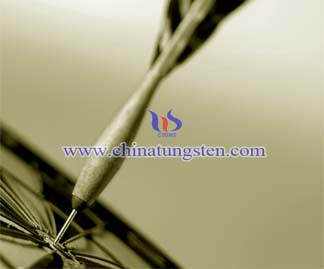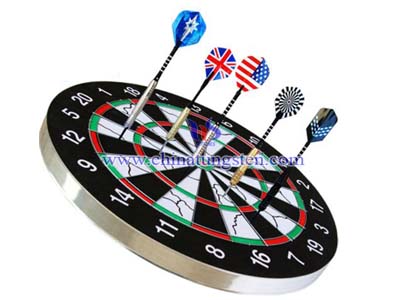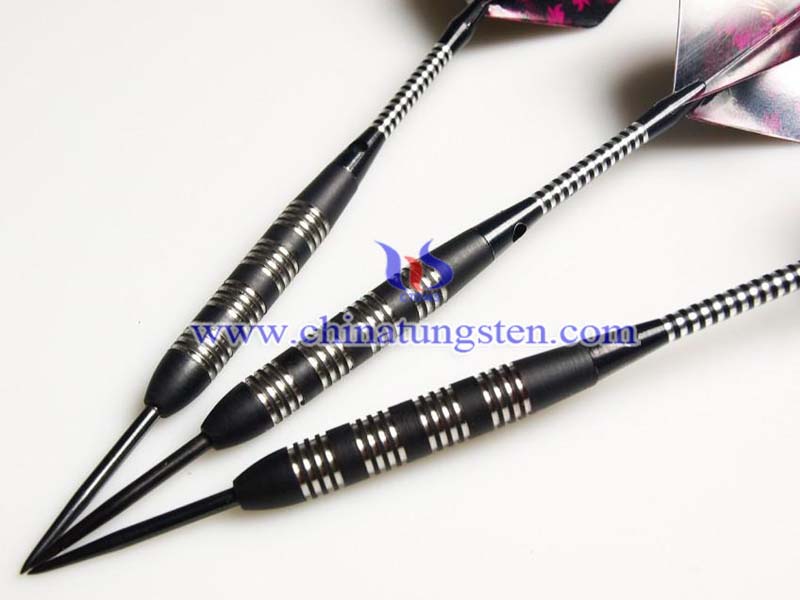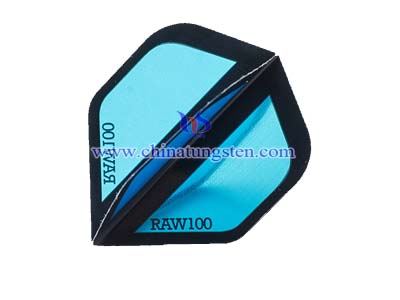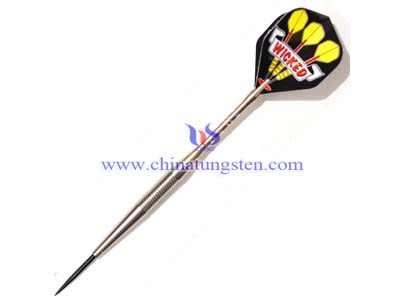Tungsten Revolution in Dart
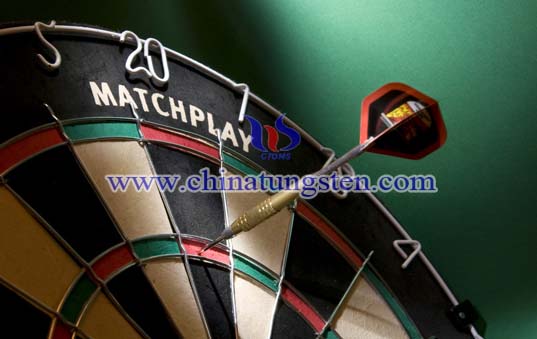
The first darts that were ever used would have been arrows, as used by medieval archers. This was the earliest recording of someone throwing arrows at a target. The earliest Darts of the modern times were made of wood with natural feathered flights, usually three, and a small lead ring around the body or barrel to give it weight.
These darts were common right up to the 1950’s and could be found being used at carnivals around the U.K. In France they can still be found.
Most players were soon using darts made of brass. Brass darts were far heavier that their wooden counterparts and could be made into almost any shape, giving the dart player a far wider choice in design and weight.
The first brass darts had wooden shafts with flights of paper and some with feathers. They later changed to plastic. The choice was getting larger for the player, but many diehards still today use feathered and paper flights in some countries.
It is my understanding that in the early 1970’s somebody machined down an electrode used for underwater welding. These electrodes were made from a mixture of copper and tungsten.
As they were not a true alloy but mixed by a method call cintering they were relatively easy to machine and were considerably heavier than brass. This enabled the maker to keep the dart barrels smaller for the same amount of weight, an advantage when you are trying to throw them at a target of limited size.
Unicorn made the first commercial tungsten dart, and I had the pleasure of trying them at the world trade fair in London in 1971 at the Unicorn stand manned by Mr. Barry Twomlow.
A few years later the manufacturers of tungsten introduced a heavier still material using nickel with tungsten which enable them to introduce a larger content of tungsten, whilst still being able to machine it.
These tungsten billets, as they were known, came in different values from 65% up to 97%, the heaviest billet being the 97%. The material was now 16% heavier than lead, and far heavier than the original brass.
Tungsten not only allowed the player to have a slimmer dart but there was another unexpected bonus. The tungsten did not have that bounce quality that brass had, it was more like lead. When darts collide with each other on the board the tungsten ones appeared to stick close together where the brass barrels bounce off each other.
This allowed for far tighter grouping, which in turn gave higher scores. With the introduction of the tungsten darts came a whole New World of flights and shafts, mostly for show and not performance.
The so-called Tungsten Revolution also saw a vast increase in the amount of people playing the game and it became a big success for the TV stations.
The tungsten dart had a lot to do with this huge change in the game.

